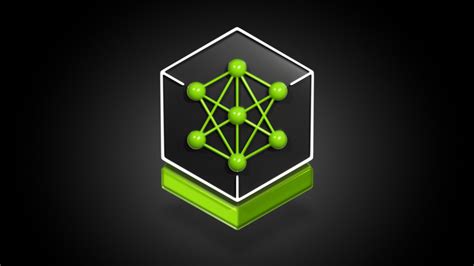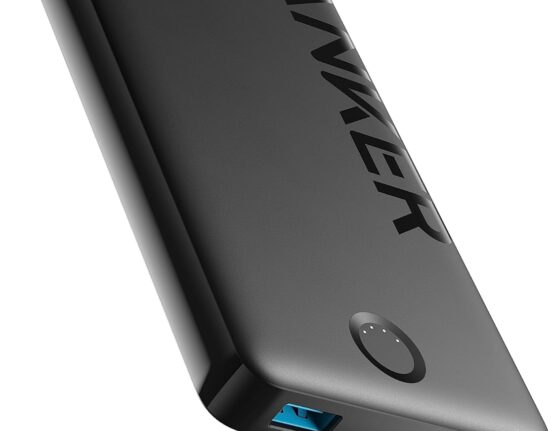Nvidia, a key player in the artificial intelligence (AI) industry, has recently unveiled a trio of cutting-edge NIM microservices. These microservices are designed to provide enterprises with enhanced control and safety measures for their AI agents, marking a significant step towards facilitating the adoption of AI technology in corporate settings.
The first of these new NIM services is dedicated to content safety, aiming to prevent AI agents from generating harmful or biased outputs. This service serves as a crucial safeguard against potentially damaging consequences that could arise from unchecked AI processing. By incorporating this feature, Nvidia is reinforcing its commitment to responsible AI development.
In addition, another NIM service focuses on maintaining conversations within approved topics only. This functionality ensures that interactions facilitated by AI agents align with predetermined guidelines set by the enterprise. Such targeted control mechanisms are essential for businesses looking to leverage AI technology while mitigating risks associated with unmonitored communication channels.
Furthermore, the third NIM service introduced by Nvidia plays a pivotal role in preventing jailbreak attempts on AI agents. Jailbreaking refers to unauthorized attempts to bypass software restrictions, which can compromise the integrity and security of an AI system. With this protective measure in place, enterprises can fortify their defenses against potential breaches and malicious interventions.
These latest additions complement Nvidia’s existing NeMo Guardrails toolkit—a comprehensive collection of open-source software tools and microservices tailored to enhance the functionality and security of AI applications across various industries. By integrating multiple lightweight yet specialized models as guardrails, developers can address specific vulnerabilities that may not be adequately covered by broad global policies alone.
According to a statement from Nvidia’s press release:
“By applying multiple lightweight, specialized models as guardrails, developers can cover gaps that may occur when only more general global policies and protections exist — as a one-size-fits-all approach doesn’t properly secure and control complex agentic AI workflows.”
As the landscape of enterprise-level AI deployment continues to evolve rapidly, companies like Nvidia recognize the importance of equipping businesses with robust tools and frameworks for successful integration. The complexity inherent in managing sophisticated AI workflows necessitates tailored solutions that go beyond generic security protocols.
Industry experts have observed a growing realization among AI companies that persuading enterprises to embrace advanced technologies like AI agents poses unique challenges. While optimistic projections envision widespread adoption of such technologies—such as Salesforce CEO Marc Benioff’s prediction of over one billion agents operating through Salesforce within a year—the ground reality presents a more nuanced picture.
A recent study conducted by Deloitte indicates that approximately 25% of enterprises either currently utilize or plan to incorporate AI agents into their operations by 2025. Looking ahead, it is anticipated that nearly half of all enterprises will have integrated agent-based systems into their workflows by 2027. These forecasts underscore the burgeoning interest among businesses regarding the potential benefits offered by intelligent automation; however, they also underscore an inherent lag in implementation compared to rapid innovation within the field.
Nvidia’s strategic initiatives aimed at enhancing the security and reliability of adopting AI agents reflect a proactive stance towards addressing industry-wide concerns surrounding data privacy, ethical usage practices, and operational efficiency. By instilling greater confidence in enterprises through refined guardrail mechanisms and risk mitigation strategies, Nvidia seeks not only to streamline adoption processes but also position itself as a trusted partner in navigating the complexities associated with deploying advanced AI solutions effectively.
Ultimately, as organizations navigate the intricate dynamics between technological advancement and operational readiness within an increasingly digitized marketplace, initiatives like those introduced by Nvidia play an essential role in bridging gaps between aspiration and practical implementation when it comes to harnessing the transformative power of artificial intelligence.









Leave feedback about this